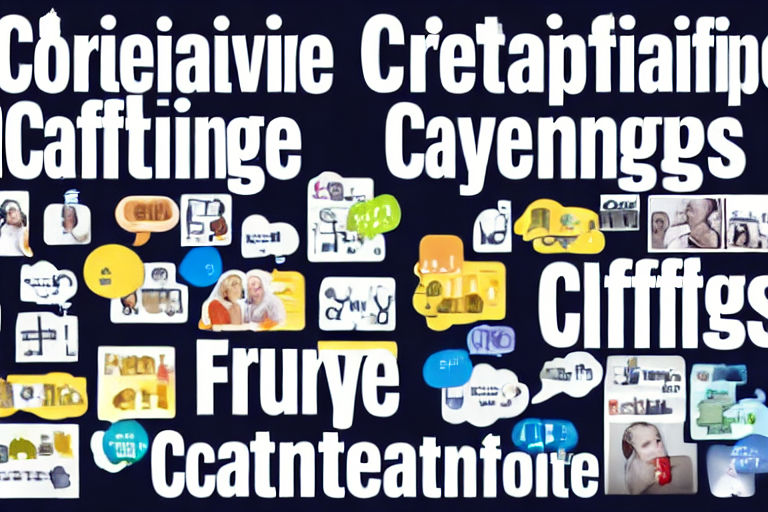Using Gensim's LDA Model for Topic Modeling: A Step-by-Step Tutorial
Topic modeling is a popular technique used in natural language processing (NLP) and machine learning to extract meaningful topics from a large corpus of text. Gensim's LDA Model is one of the most popular methods for performing topic modeling. In this tutorial, we will show you how to perform topic modeling using Gensim's LDA Model in Python.
What is Topic Modeling?
Topic modeling is a computational technique used to extract hidden semantic structures in a large corpus of text. The goal of topic modeling is to discover a set of meaningful topics that exist in the text corpus. These topics are represented by a set of keywords that are relevant to the topic. Topic modeling can help in understanding the content of a large text corpus and can be used for various purposes such as information retrieval, clustering, and classification.
What is Gensim's LDA Model?
Gensim's LDA Model is a popular topic modeling technique that uses a probabilistic model to find the topics in a text corpus. LDA stands for Latent Dirichlet Allocation, which is a generative probabilistic model that represents each document as a mixture of topics. Each topic is represented as a distribution over words, and each document is represented as a mixture of topics.
Step-by-Step Tutorial
Here is a step-by-step guide on how to perform topic modeling using Gensim's LDA Model in Python:
Step 1: Import Libraries
The first step is to import the required libraries. We will be using the following libraries for this tutorial:
import gensim
from gensim import corpora
from pprint import pprintStep 2: Load Data
The next step is to load the data that we will be using for topic modeling. In this tutorial, we will be using a sample dataset provided by Gensim. We can load the dataset using the following code:
from gensim.test.utils import common_texts
dictionary = corpora.Dictionary(common_texts)
corpus = [dictionary.doc2bow(text) for text in common_texts]Step 3: Build the LDA Model
Once we have loaded the data, the next step is to build the LDA model. We will specify the number of topics we want the model to generate. In this tutorial, we will generate 10 topics. Here is the code to build the model:
lda_model = gensim.models.ldamodel.LdaModel(corpus=corpus,
id2word=dictionary,
num_topics=10,
random_state=100,
update_every=1,
chunksize=100,
passes=10,
alpha='symmetric',
iterations=100,
per_word_topics=True)Step 4: View the Topics
Once the model is built, we can view the topics generated by the model. We can view the topics using the following code:
pprint(lda_model.print_topics())This will print the top 10 topics with their corresponding keywords.
Step 5: Evaluate the Model
The final step is to evaluate the model. We can evaluate the model using various metrics like coherence score, perplexity score, etc. In this tutorial, we will use the coherence score. Here is the code to calculate the coherence score:
from gensim.models import CoherenceModel
coherence_model_lda = CoherenceModel(model=lda_model, texts=common_texts, dictionary=dictionary, coherence='c_v')
coherence_lda = coherence_model_lda.get_coherence()
print('\nCoherence Score: ', coherence_lda)The higher the coherence score, the better the model.
Conclusion
In this tutorial, we showed you how to perform topic modeling using Gensim's LDA Model in Python. We covered the steps involved in building the model, viewing the topics generated by the model, and evaluating the model using the coherence score. Topic modeling is a powerful tool that can be used to extract meaningful topics from a large corpus of text, and Gensim's LDA Model is a popular technique for performing topic modeling.



